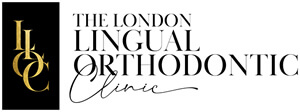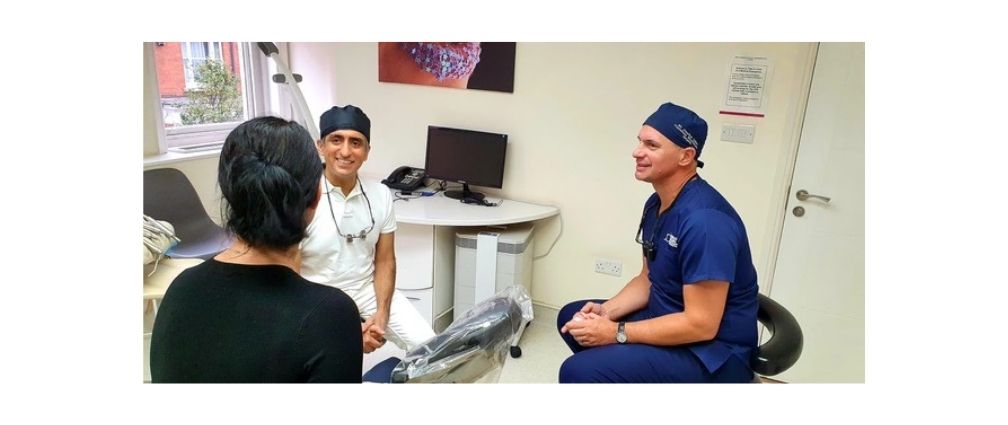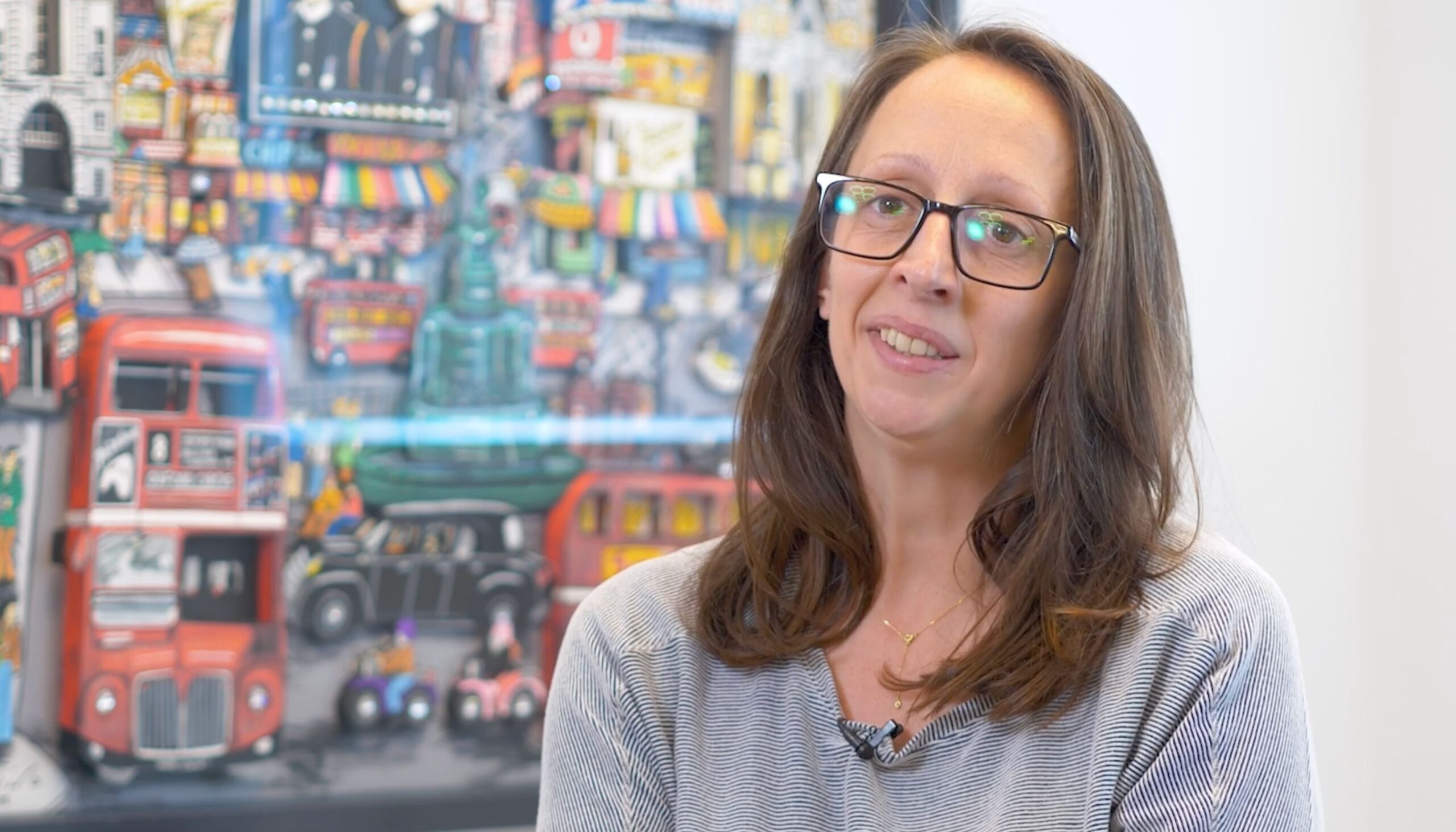“Teamwork makes the dream work” in dentistry and this is particularly true of orthognathic treatment, which combines orthodontics and jaw surgery. Patients who have orthognathic treatment will experience care from our orthodontist, Dr Asif Chatoo and Mr Jonathan Collier, consultant oral and maxillofacial surgeon working as a multidisciplinary team.
Orthognathic treatment has two facets: jaw surgery, which is Jonathan’s domain and involves repositioning either the upper or lower jaw, or both, and orthodontics, which is Asif’s domain and results in straighter teeth. As a result of this joint approach, you should find that the relationship between the upper and lower teeth will improve, making the bite more comfortable and the smile even and harmonious.
Who benefits from orthognathic treatment?
Patients who benefit from this treatment have a discrepancy in the relationship between the jaws that requires more than orthodontics alone to achieve a stable bite and harmonious smile (and in some patients a better airway).
These patients might have:
- an open bite, meaning the teeth don’t meet together at the front of the mouth
- an overbite, or deep bite, where a receding lower jaw means the upper teeth bite completely over the lower teeth
- an increased overjet, where the lower jaw is small and the upper teeth protrude forward over the lower teeth
- an underbite, where a protruding lower jaw means the lower front teeth close in front of the upper teeth
- a crossbite, where the teeth do not meet together either at the front or at the back.
Some frequently asked questions:
Who plans the treatment?
Digital technology has made the joint planning of treatment so much easier. There are two phases in the planning process. Before treatment commences, we create an initial proposal to discuss what changes can be achieved and provide a preliminary orthodontic and surgical plan. Once the orthodontic treatment has aligned the teeth, the plan is revisited. Asif will send Jonathan the digital models of the upper and lower teeth which he integrates into his software so we can agree on the objectives of treatment and present a working plan to the patient. The software allows us to see how the teeth will fit together after the orthodontic treatment and surgery.
Which comes first, the surgery or the braces?
Orthodontics comes first, but there are important preliminary appointments before treatment begins. You will see Asif and Jonathan individually and then together, so you understand all aspects of treatment and have your questions answered separately and jointly. We have an extended team of nurses, psychologists, nutritionists and a whole database of previous patients so you will be very well supported during the treatment journey. It’s important everyone agrees with the aims of treatment and the journey that we will all start together. After anything from six to eighteen months of orthodontics, depending on the complexity of the case, it’s time for jaw surgery.
What happens on the day of the surgery?
For those in lingual braces, you will first see Asif at LLOC on the day of the surgery and he will fix brackets on the outside of your teeth. If you have conventional braces, Asif will place special hooks on the wires a few days before surgery. The brackets or hooks are there to connect the elastics that will help settle the bite and maintain the jaws in their new position after surgery.
Will I need a general anaesthetic?
Yes. Patients who have jaw surgery will have a general anaesthetic for the surgery.
What is the recovery time?
After surgery, you will need about two weeks of initial recovery time. Initially, you will have a liquid diet. After two weeks you will be able to eat very soft foods and then slowly over time you will be able to introduce a variety of meals back into your diet. Asif will want to see you every week for the first eight weeks. Jonathan will also want to see you in this post-operative period.
When is the treatment completed?
Braces remain on the teeth for about four to six months after your surgery. As Asif’s patients usually wear lingual braces, the ongoing treatment is largely invisible. Once the braces come off, you will wear retainers for life. For the first year after treatment, Asif will want to see you every three months to make sure everything is stable.
What makes teamwork work?
Asif and Jonathan have been working together for several years and respect each other’s integrity and skill. They share the same values, including a belief that their patients must at all times be at the apex of care.
If you would like to find out more about how you can perfect and protect your smile, you can find our available treatments in the navigation bar at the top of the page.
Alternatively, you can call and speak to one of our friendly team members on 020 7486 2883.














